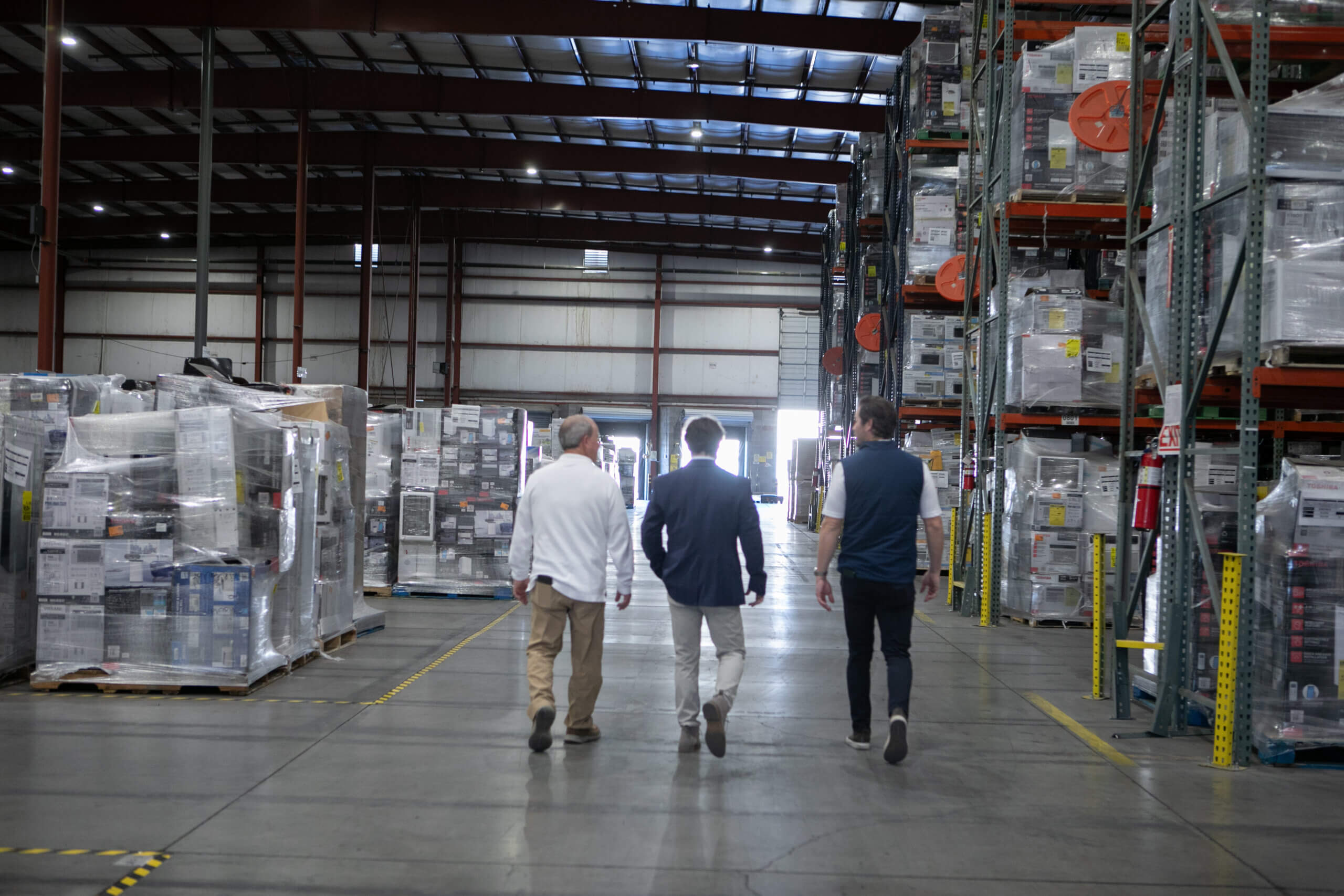Consumer returns are an inevitable part of modern retail. Whether it’s the wrong size, a misunderstood feature, or simply buyer’s remorse, the result is the same: an overwhelming volume of products finding their way back to warehouses. While this may seem like a minor inconvenience for retailers, the truth is far more alarming. Returned products often contribute to one of the retail industry’s dirtiest secrets—waste.
The Shocking Scale of Waste from Consumer Returns
According to the National Retail Federation, about 16.5% of all retail purchases were returned in 2022, amounting to over $816 billion worth of products. But here’s the kicker: a significant portion of these returns don’t make it back to store shelves. Instead, many are discarded, even if they are in perfect working condition.
This happens for several reasons:
- Processing Costs: Sorting, inspecting, and repackaging returns can be more expensive than simply disposing of them.
- Product Devaluation: Certain items lose their value rapidly or cannot be resold as “new.”
- Logistical Challenges: The effort required to reintroduce products into supply chains can deter businesses from making it a priority.
The result? It is estimated that 5.8 billion pounds of returned goods end up in U.S. landfills annually, according to research by Optoro, a returns optimization company. This waste contributes significantly to greenhouse gas emissions, as discarded goods decompose or are incinerated.
A Sustainable Solution: Remanufacturing
For over 30 years, Micromex has been on a mission to tackle this challenge head-on. Our remanufacturing process transforms returned, surplus, and outdated products into valuable assets for both consumers and brands. Here’s how it works:
- Inspection and Sorting: Every product is carefully inspected to eliminate fraud and then product is assessed its potential for refurbishment.
- Repair and Renewal: Skilled technicians restore items to like-new condition, ensuring they meet or exceed original quality standards.
- Redistribution: Refurbished products are reintroduced to the market, creating a new revenue stream for brands and offering eco-conscious consumers a sustainable purchasing option.
This process saves millions of items from landfills annually, giving them a second life and significantly reducing environmental harm.
Partnering with Brands like Conair Corporation
One of our standout partnerships is with Conair Corporation, a leader in personal care and small appliances. Through our collaboration, we’ve remanufactured thousands of their returned and surplus products, ensuring they meet the high standards their customers expect. By doing so, Conair has reduced its environmental footprint while unlocking additional revenue streams, reinforcing its commitment to sustainability.
Our Impact Over the Last 30+ Years
Through our commitment to remanufacturing:
- Millions of products have been diverted from landfills, preserving valuable resources and preventing unnecessary waste.
- We’ve saved brands countless dollars in write-offs, turning potential losses into revenue opportunities.
- Our operations have significantly reduced carbon emissions associated with manufacturing new products, contributing to a more sustainable economy.
The Business Case for Sustainability
Beyond environmental benefits, remanufacturing makes financial sense. A 2021 Deloitte study found that consumers are increasingly willing to pay a premium for sustainable products, with 55% of global consumers reporting they purchased sustainable goods in the last year. By investing in remanufacturing, brands not only reduce waste but also tap into a growing market of environmentally conscious buyers.
A Call to Action for Retailers and Consumers
Retailers must rethink how they handle returns, and consumers should consider the environmental impact of their purchases and returns. Together, we can reduce waste, conserve resources, and promote sustainability in retail.
At Micromex, we’re proud to lead the charge in remanufacturing. Over the past 30 years, our efforts have proven that sustainability and profitability can go hand in hand.
It’s time to give products a second chance—and our planet a fighting chance. Sources:
- National Retail Federation, “2022 Retail Returns Data
- Optoro, “Returns Report: The Hidden Environmental Impact”
- Deloitte, “Sustainability in Retail: Consumer Trends”

